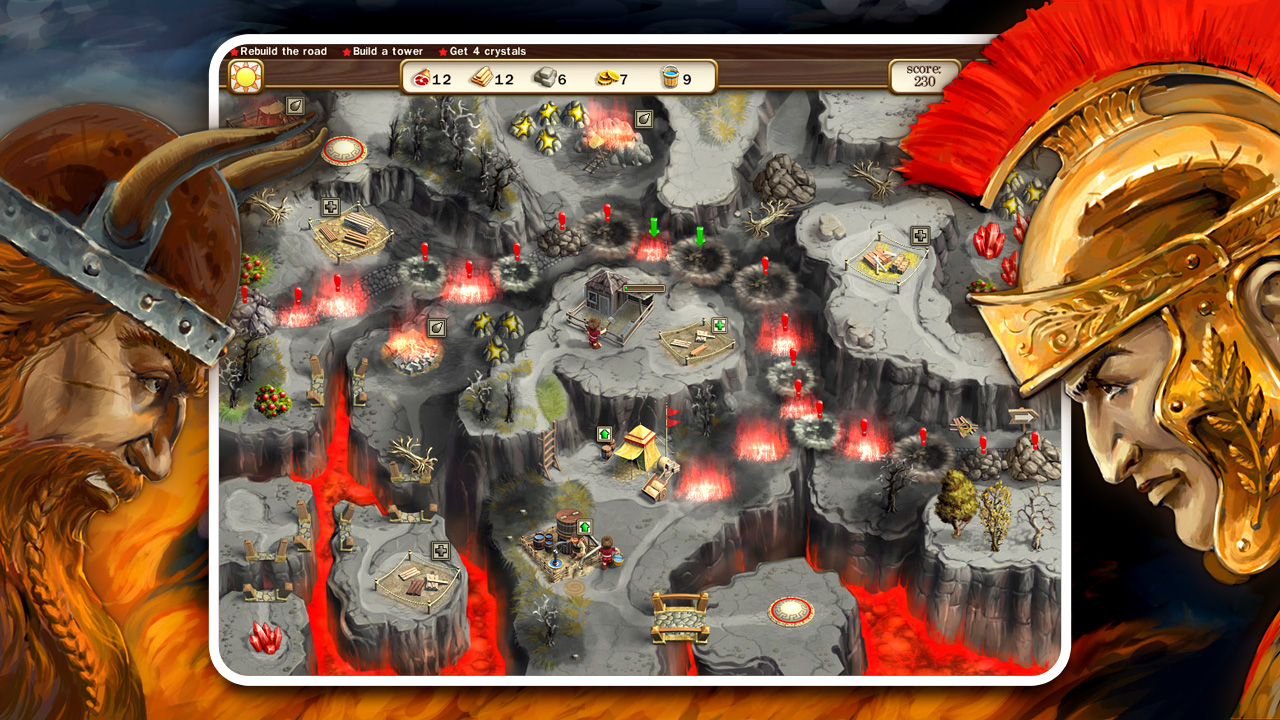

It’s not his core role but he has taken to it really well. He’s a great addition to the team in terms of his pure talent and drive, as well as being an excellent stand in Community Manager. Tim Sunderland is our composer and Audio Lead. This means he’s the one balancing everything in the game with complex spreadsheet wizardry, coming up with models for the numerical side of the game design, the in-game markets/prices, balancing the use of skills and abilities in the game to ensure that every build possible is actually viable and most importantly fun. Jethro Naude is my co-founder and CFO for Drop Bear Bytes, and also works as Game Economist. She has a Masters in Game Design and has worked with some AAA studios (including Riot and Ubisoft) and brings great experience to the writing team. Samantha Webb is our Narrative Lead, responsible for overall plotline, character and scenario development, and mentoring writers on the team who may have all the talent and passion we need but not have as much experience in writing for games. She works on ensuring we have that big brushstroke, painterly style throughout. I had a particular visual target for the game of ‘playing in concept art’ and when I saw her art style at the start of the year, I knew I’d found an artist who could create just that. Kerstin Evans is our very talented Art Director. He’s a huge fan of Baldur’s Gate, a former lecturer in game design, has over 15 years’ experience and is a great fit for the team and the project. The basic rundown would be: Jacques Leemans, our Development Director, is responsible for all the programming and systems development in the game. I’m very stoked with the reactions to it, and I’m excited to get designing and testing scenarios that really put it through its paces.ĮNMORE AUDIO: Who’s in the development team and what are their roles?ĬRAIG: There are six core team members and we engage with around 15 freelancers as and when needed. I also felt that philosophy had so much potential to be explored in games but was still largely under-served, not just in terms of story and scenario design, but also in terms of gameplay mechanics, and that’s where the concept for the Moral Compass came from. I briefly considered a few styles of RPG (Heroes of Might and Magic-like, Banner Saga-like, and a few others) before settling on making a traditional, old school RPG like those I know and love. It didn’t take me long, however, to reduce the scope from all of Australia to just a portion of Western Australia. There’s a wide range of varied landscapes and biomes within one country and I also felt there was so much potential to set games in Australia. But very early in conceptualising and pre-production, I changed to the idea of making the game cover the breadth of Australia, given how perfect it is for exploration. I was looking at doing a post-apocalyptic game in a generic, catch-all setting so that I could put my own spin on things.


I also designed an Elite/Privateer-style freeform space trading/combat game when I was in high school, and maybe I’ll get back to something like that at some point, but games like Ultima, Fallout and Baldur’s Gate have always been top for me.ĮNMORE AUDIO: Can you tell us what inspired the concept for Broken Roads?ĬRAIG: The idea came in the first week of January this year.


 0 kommentar(er)
0 kommentar(er)
